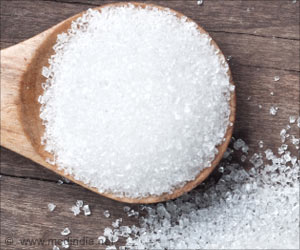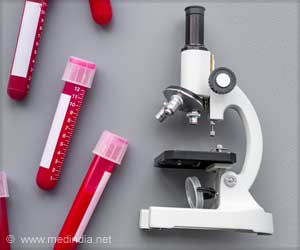
‘More than 3.2 billion people - almost half of the world's population - are considered to be at risk of malaria by the World Health Organization.’
Tweet it Now
About 3.2 billion people - almost half of the world's population - are considered to be at risk of malaria by the World Health Organization. As of September 2015, there were an estimated 214 million cases of malaria and 438,000 malaria-linked deaths this year alone. Artemisinin and its derivatives are currently the most potent class of anti-malarial drugs. In recognition of its importance against malaria, the discovery of artemisinin won Chinese scientist Ms Tu Youyou the 2015 Nobel Prize in Physiology or Medicine earlier in October this year. While there have been extensive studies on artemisinin, the mechanism of the drug is not well understood.
Asst Prof Lin, together with Dr Wang Jigang, who was formerly with the NUS Department of Biological Sciences and now with the Singapore-MIT Alliance for Research & Technology, Associate Professor Kevin Tan from the Department of Microbiology and Immunology at the NUS Yong Loo Lin School of Medicine and their research team, discovered over 120 protein targets of artemisinin, and the mechanism that activates its deadly killing effect. The findings of the study are published in the journal Nature Communications on 23 December 2015.
How artemisinin works
Previously, only two targets of artemisinin have been identified, and their correlation with the powerful parasite-killing effect of the drug has been questioned. This latest study by the NUS team has identified 124 protein targets of artemisinin in Plasmodium falciparum, the most pathogenic malaria parasite to infect humans.
Advertisement
Many of the newly-identified protein targets are involved in essential biological processes in the parasite, thus explaining its potent killing effect. Through its promiscuous targeting mechanism, artemisinin targets the blood-eating nature of the malaria parasite, binding to a broad spectrum of targets simultaneously, and fatally disrupting the biochemistry of the parasite.
Advertisement
The drug activation level was found to be much lower in ring stage parasites, given that artemisinin activation requires haem, which is of much lower abundance and is biosynthesised by the parasite. In comparison, during the late stages of its life cycle, the parasite actively digests the haemoglobin in infected blood cells as its primary energy source. This releases large amounts of haem, and the drug is thus able to specifically respond to parasite-infected cells and effectively attack the disease-causing parasites.
Paving the way for new treatment strategies against malaria
Asst Prof Lin added, "The current findings not only provide a more complete picture of how artemisinin and its derivatives work, but also suggest new ways of using the drug. For instance, to improve drug activation at ring stage, we can explore enhancing the level of haem biosynthesis in the parasite. By understanding that haemoglobin digestion releases huge amount of haem, which brings about the effective killing mechanism in the later stages, we can also consider prolonging the treatment time to ensure that the drug can effectively kill the parasite through multiple cycles."
The team will be collaborating with researchers from NUS' Department of Chemical and Biomolecular Engineering to develop novel artemisinin analogues with more specific targeting properties.
"Moving forward, structural biology and physicochemical studies will help us to understand how exactly the drug binds to its protein targets and how these modifications of proteins affect their structures and hence their functions," said Dr Wang.
Source-Eurekalert










